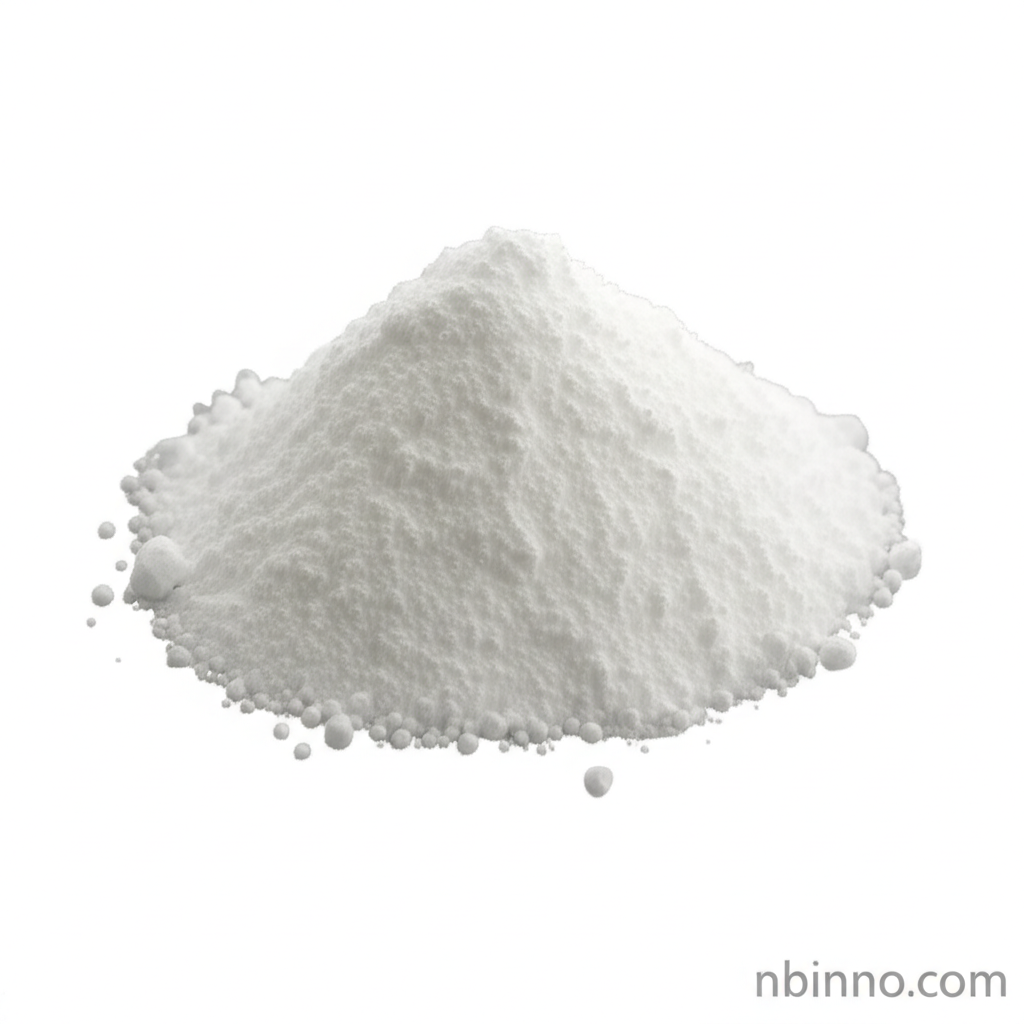Tris(4-bromophenyl)amine CAS 4316-58-9: A Versatile Precursor for Advanced Organic Materials
Discover the potential of Tris(4-bromophenyl)amine for your next breakthrough in organic electronics and material science.
Get a Quote & SampleProduct Core Value

Tris(4-bromophenyl)amine
Tris(4-bromophenyl)amine is a crucial chemical intermediate, indispensable for the synthesis of cutting-edge organic materials. Its molecular structure, characterized by three brominated phenyl rings connected to a central nitrogen atom, makes it an exceptional building block in advanced chemical synthesis.
- A vital precursor for advanced organic materials synthesis, including the study of charge transport mechanisms and their application in electronic devices.
- Enables the creation of porous luminescent covalent organic polymers (COPs), pushing the boundaries of material science innovation.
- Plays a key role in the development of OLEDs and organic photovoltaic cells, contributing to the advancement of renewable energy technologies.
- Possesses a melting point of 141-143°C and presents as an off-white solid, ensuring ease of handling and integration into various synthesis processes.
Key Advantages Offered
Versatile Building Block
Its unique structure makes Tris(4-bromophenyl)amine a versatile building block for complex organic architectures, crucial for developing new electronic materials and understanding charge transport mechanisms.
Enabling Advanced Technologies
Facilitates the synthesis of materials essential for next-generation technologies like OLEDs and organic photovoltaic cells, directly impacting progress in energy and display sectors.
High Purity and Stability
Typically offered with high purity levels (e.g., 98% via NMR), ensuring reliable and reproducible results in demanding research and development applications, contributing to the reliability of organic electronic materials.
Key Applications
Organic Electronic Materials
Serves as a precursor in the synthesis of materials for organic light-emitting diodes (OLEDs), contributing to brighter and more efficient displays.
Covalent Organic Polymers (COPs)
Essential for creating porous luminescent covalent organic polymers, expanding possibilities in sensing and catalysis research.
Organic Photovoltaic Cells
Explored for its potential use in developing more efficient solar energy conversion devices, supporting the growth of renewable energy solutions.
Charge Transport Studies
A key compound in research focused on understanding charge transport mechanisms in organic molecules, vital for designing advanced electronic components.
